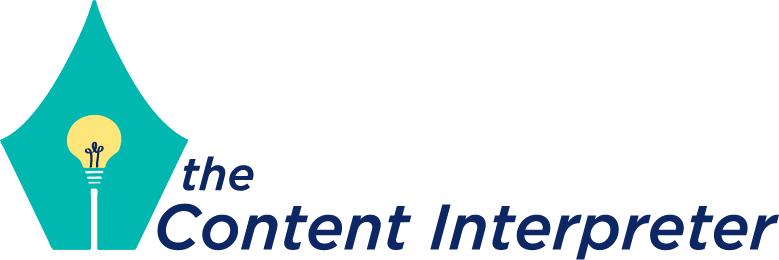Anyone that works with children will tell you: "play is a child's work". According to the National Association for the Education of Young Children, play is the context for learning - everything from cognitive skills to physical abilities are developed and honed during each crucial session.
As the parent to an adorable and precocious two-year-old son, I have a front row seat to this phenomenon everyday. I take particular note when he plays with blocks; he's fascinated by the different colors and the way the pieces link with one another. It's intriguing to watch how he builds a tower.
I usually have to help him build a sturdy foundation, but once I do, the patterns he finds are far more creative than anything I could imagine.
As speakers and presenters, no matter how advanced, we all can benefit from a combination of outside-the-box thinking, grounded by some parameters.
It reminds me of an experience I had working with a client, an orthodontist. He was giving a series of seminars on a new patient procedure, and the attendees were there to receive academic credit. Describing the benefits for the patient and how to perform it were the foundation of this particular presentation. Because it was being given for credit, there was no way that part of the presentation could be altered or reduced.
But just like my son's tower, the foundation wasn't enough on its own. He admitted that even he found so much technical content to be boring and difficult to absorb. We started talking about what inspired him to choose his profession, and he told me that his mother used to bring him to her office on snow days. He described to me how she studied with the pioneers of orthodontics and how, after some fits and starts, he learned how to run a successful business from her.
We used those elements from his origin story to serve as interstitials in his presentation. The audience was far more engaged when the procedural components of the presentation were interspersed with reflections and lessons learned. More than that, those components fused with the existing material to create something new, and before long, it was the only way in which the presentation could be delivered effectively.
My client shared that he received a standing ovation and far more post-seminar networking and discussion with this version than previous times he had given the seminar.
One of the biggest fears among speakers is not necessarily how to deliver their words; it's how to get them on the page (or the screen) in the first place. When you're asked to speak, it's common to not know how to structure your remarks. Even when the topic is narrowed, it may seem like you could write "anything".
Remember, start with a solid foundation - a structure that meets your audience's expectations and your own goals - and combine with some creative inspiration. Let your boundaries do the inspiring.
And then celebrate by building a block tower with a toddler!

